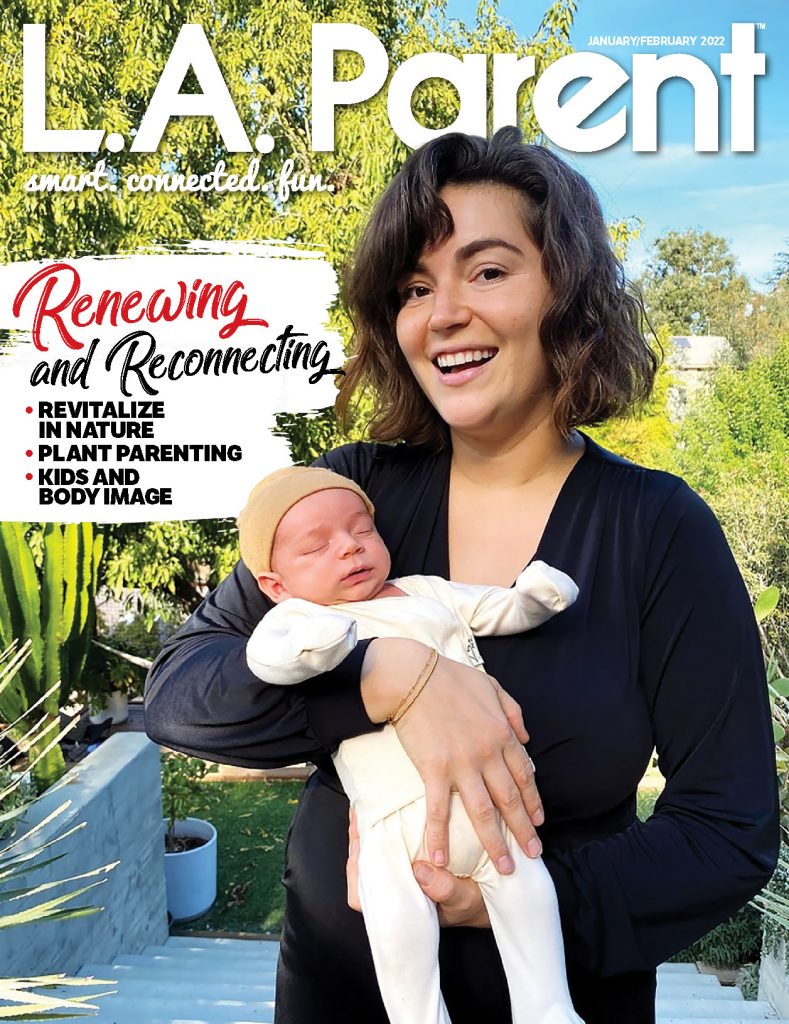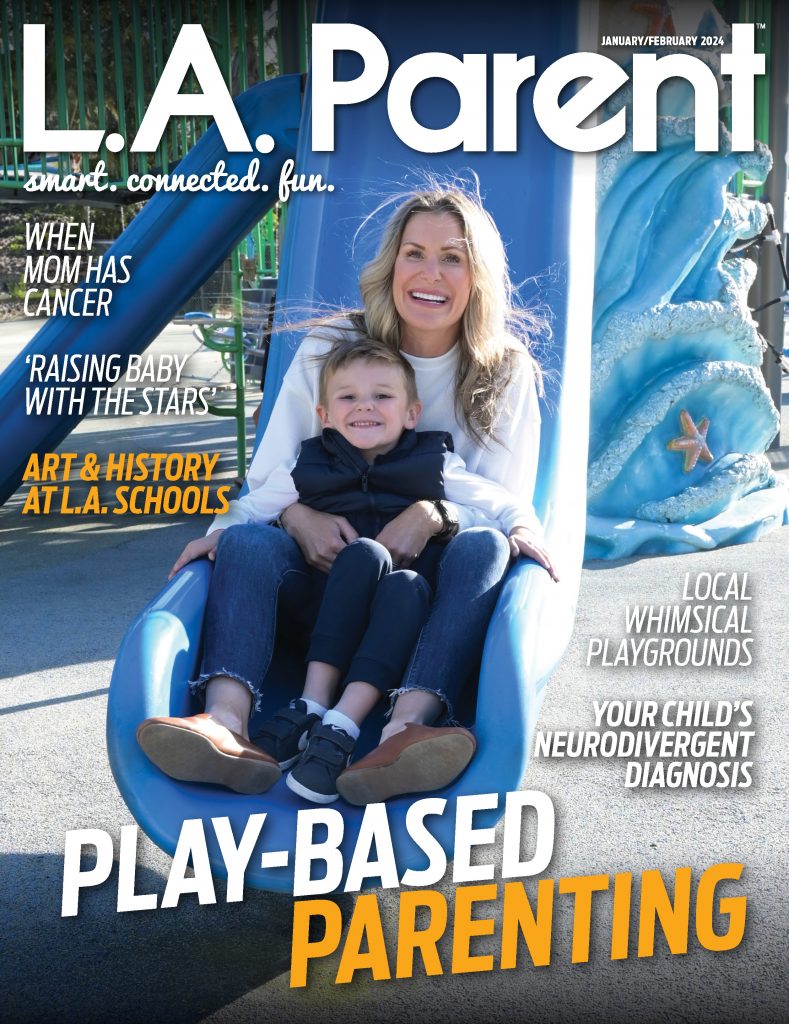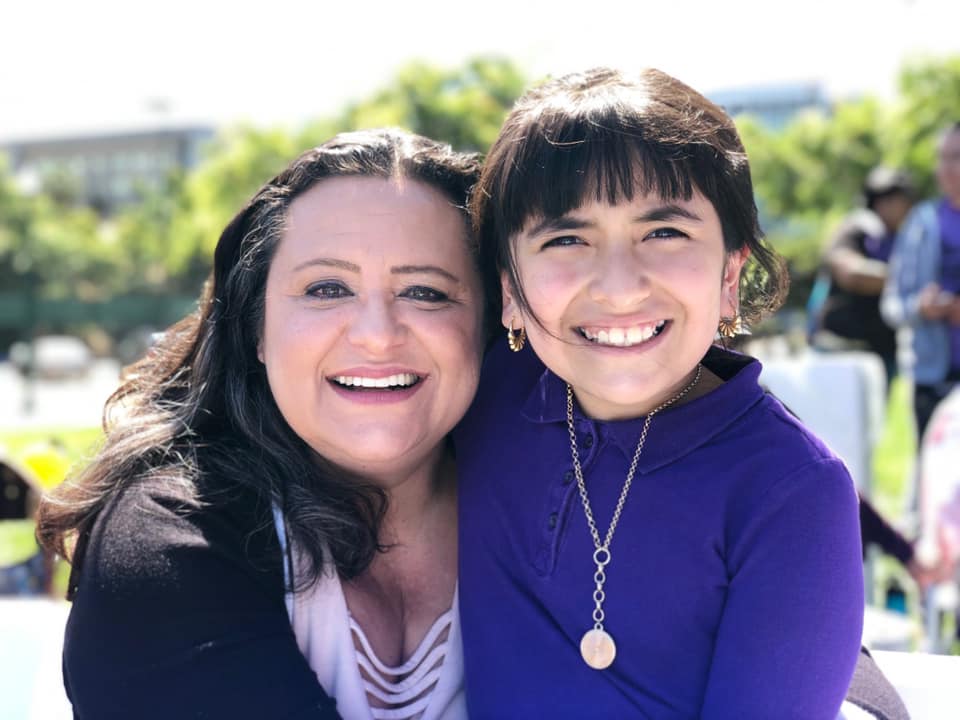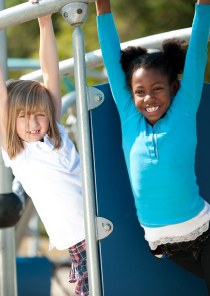
As children have returned to classrooms, we are seeing the effects the pandemic had on them — and it’s alarming. Psychological and social wellbeing is crucial in a student’s ability to successfully grow academically, yet schools are contending with kids who are less engaged and more distracted than before the pandemic.
Data from the CDC shows there has been a nationwide spike in mental health-related hospital visits for 5- to 17-year-olds. In California, suicide rates for 10- to 18-year-old kids increased by 20% between 2019 and 2020, according to an article in the Sacramento Bee. The uncertainty and trauma that students face is a challenge across the board, but especially among those in underserved communities.
In the California Charter Schools Association’s new report, Are the Kids OK? How Charter Public Schools Support Social-Emotional Wellbeing Schoolwide, we take a sobering look into the issue and explore what charter public schools are doing to address the needs of students, families and the local communities they serve. California’s charter schools are public schools, they are free and open to all students, regardless of zip code. Independently operated, they use their flexibility and adaptability to find new ways to address the challenges that have arisen during the pandemic.
Key challenges affecting students identified in the report include mental and physical health problems, inequitable impacts across age groups and behavioral impacts, such as greater instances of anxiety and depression.
Schools across the nation are exploring possible solutions, but many are bogged down by bureaucracy and politics. A data analysis by the California Department of Public Health found that 93% of charter public schools in the state used their COVID relief funds to make “significant new investments” in their social-emotional and mental health supports that go beyond hiring additional social workers and social-emotional counselors. Nearly three-quarters of those schools have “completely transformed” their mental health supports or undergone a “major” or “substantial” expansion of their services.
Common best practices of the schools identified in the report include building trusting relationships with students, providing students tailored supports instead of a “one-size-fits-all” approach, building family and community partnerships, and promoting growth and celebrating progress.
The report highlights the strategies and programs at charter public schools such as Libertas College Prep Academy in South Los Angeles to illustrate common practices that have been proven successful in re-engaging students and providing the support they need to thrive in a learning environment.
Libertas utilizes a “Strength of Character” system where students can earn points for modeling the school’s core values. For example, students can be awarded points for effort and other positive behaviors. This allows for their educators to promote growth and celebrate progress even when a student is struggling to grasp a concept.
Charter public schools recognize that academic success is dependent on a child’s social-emotional wellbeing and are providing those lessons to all educators so that more school leaders can create a program that best serves their students. “Are the kids OK?” is a question every school leader and educator should be asking themselves. When it comes to the wellbeing of our kids, there is no room for error.
Myrna Castrejón is the president and CEO of the California Charter Schools Association and a board member of the National Alliance for Public Charter Schools


































